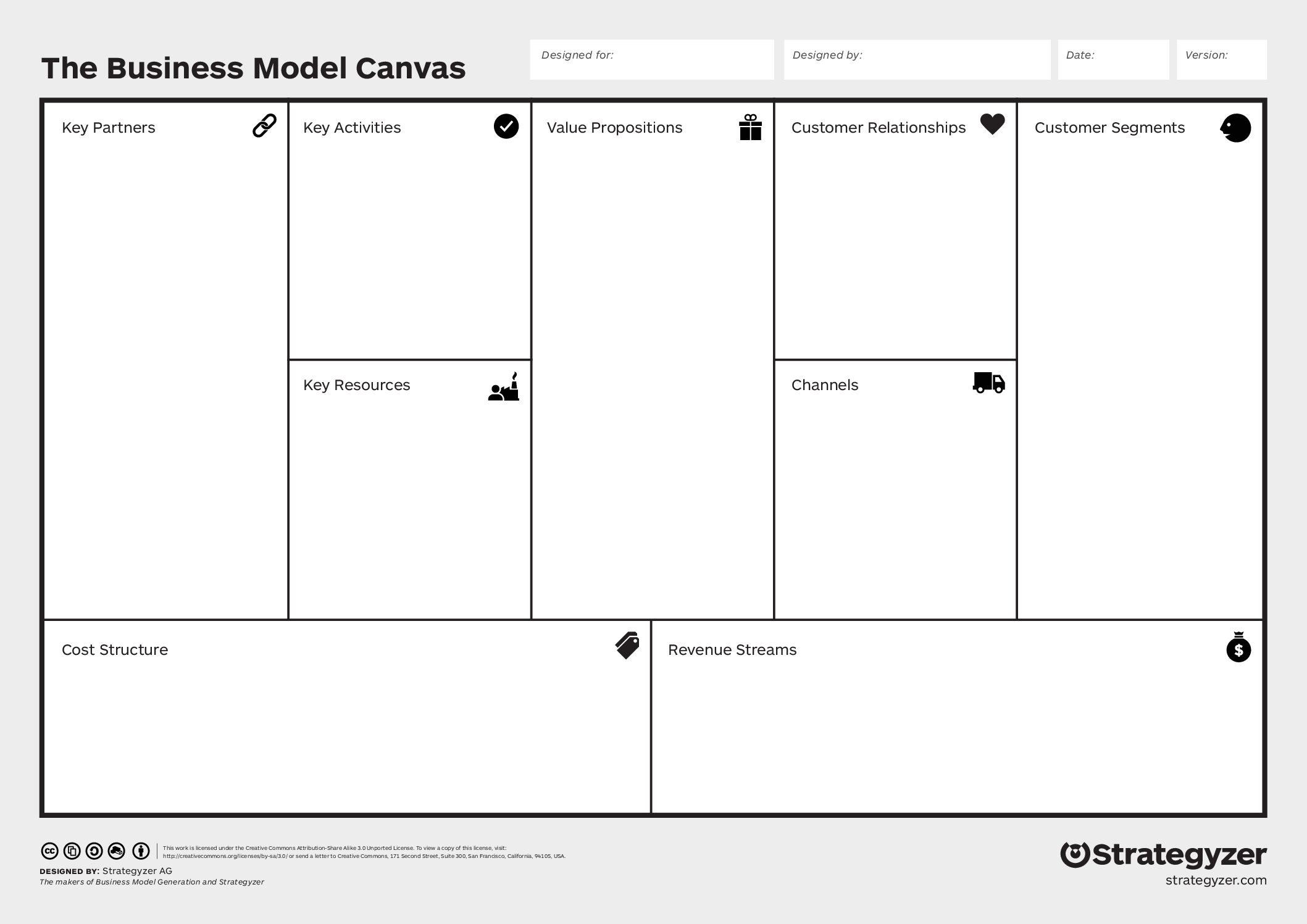Art Business Marketing: Goals and Measurement
Art Business Marketing is not a mystery. Growing your audience in ways that are true to you can be easy and enjoyable. Let us show you how.
This post is Part 2 of a multi-part series. Subscribe to our Business of Art newsletter to receive notification when additional posts are published.
In the first part of this series, we discussed the basic parts your marketing plan needs to have. In this, and a few future posts, we will go into more detail about what goes into each part of art business marketing and how to put them all together. Think about it like drawing a roadmap with a clear destination, a pathway to get there, and measurable milestones that you can track to determine if the plan is succeeding.
In this part, we’re going to talk about goals, the clear destination, and measurement, the milestones along the way. If you haven’t already, I highly recommend you go back and read Part 1 before reading this.
Let’s dive in!
Goals
As we mentioned in Part 1, goals need to be specific and measurable. This is where you want to think about the big picture of what you want to accomplish.
Some examples of goals could be:
- Increase sales by 10 percent.
- Hold 2 gallery openings in a year.
- Secure 3 commissions.
- Earn $50,000 total revenue.
Spend some time thinking critically about what you specifically want to accomplish. For example, let’s say you want to sell commissions. Who do you want to sell them to? Do they need to be a certain type? A certain dollar amount? A certain size?
A key part of developing goals is making them realistic. If you’re just starting out and you’ve never sold a single piece in your life, then going from $0 to $100,000 is very unrealistic. Instead, focus on what you honestly believe you can achieve.
Although these goals may not look like marketing goals, they will significantly influence how you approach your art business marketing. These specific destinations will help you define the audience and customers that you will need to engage during the year. To reach these goals you will need to think about: what galleries you want to show your work in, who will commission you, and who are the customers that will buy your work to generate your revenue. These details are important to your roadmap (marketing plan) for success.
Measurement
Your goals will determine what you need to measure. In our map example it is helpful to measure the miles you have traveled towards your destination, it is probably much less helpful to keep track of the number of cows you pass.
For example, if your goal is increasing sales by 10 percent over the previous year, it’s easy to measure whether you’re on track to meet that goal or not. If last year you generate $20,000 of revenue in your art business, this year you want to increase thatto $22,000. Another way to see that is about $200 extra of revenue generation each month. This might mean one more customer or 4 more print sales.
The trick here is to make sure you’re measuring things that are actually important to meeting your goals. We call these “metrics.” So if your goal is to increase sales, you may not find it useful to measure and track things like social media engagement—unless they correlate to closing sales.
An easy way to do this is to document your process. You can choose any tool/place to do this. For instance you could set up a spreadsheet where you can add monthly stats such as sales figures, website traffic, social media followers, etc. At first, it might seem like busy work. And you may start by tracking things that only seem tangentially relevant to your goals. But over time, patterns will start to emerge. Over time, the more data you track, the more you’ll be able to judge whether they contribute to your success. Using social media followers as an example, you might find that whenever your Instagram follower count grows by 5 percent, you get more sales.
Keep in mind that metrics are finicky. What works today might not work tomorrow. That’s one reason why it’s a good idea to review your marketing plan—and any results you achieved—on a regular basis, which initially may be quarterly but as your business grows you may find it helpful to check where you are at more frequently.
Need help putting this all together? I’m here to help! Check out my Coworking with Creatives workshops or contact me to discuss how I can help you market your art.






